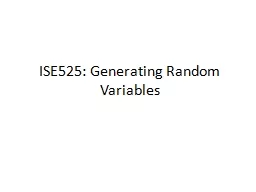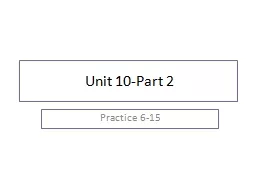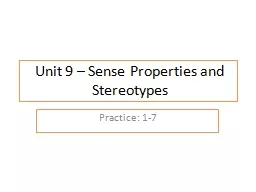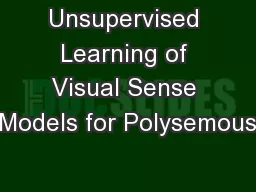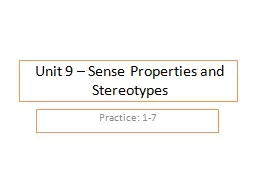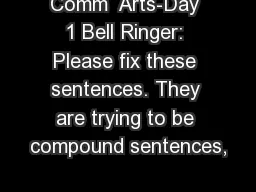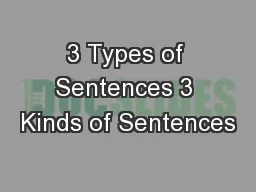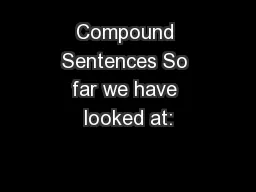PPT-Generating Sense-specific Example Sentences with BART
Author : jasmine | Published Date : 2023-06-25
Goal Generate sentences using BART by encouraging the target word to appear in the sentence with the desired definition sense Ex cool fashionable and attractive
Presentation Embed Code
Download Presentation
Download Presentation The PPT/PDF document "Generating Sense-specific Example Senten..." is the property of its rightful owner. Permission is granted to download and print the materials on this website for personal, non-commercial use only, and to display it on your personal computer provided you do not modify the materials and that you retain all copyright notices contained in the materials. By downloading content from our website, you accept the terms of this agreement.
Generating Sense-specific Example Sentences with BART: Transcript
Download Rules Of Document
"Generating Sense-specific Example Sentences with BART"The content belongs to its owner. You may download and print it for personal use, without modification, and keep all copyright notices. By downloading, you agree to these terms.
Related Documents

